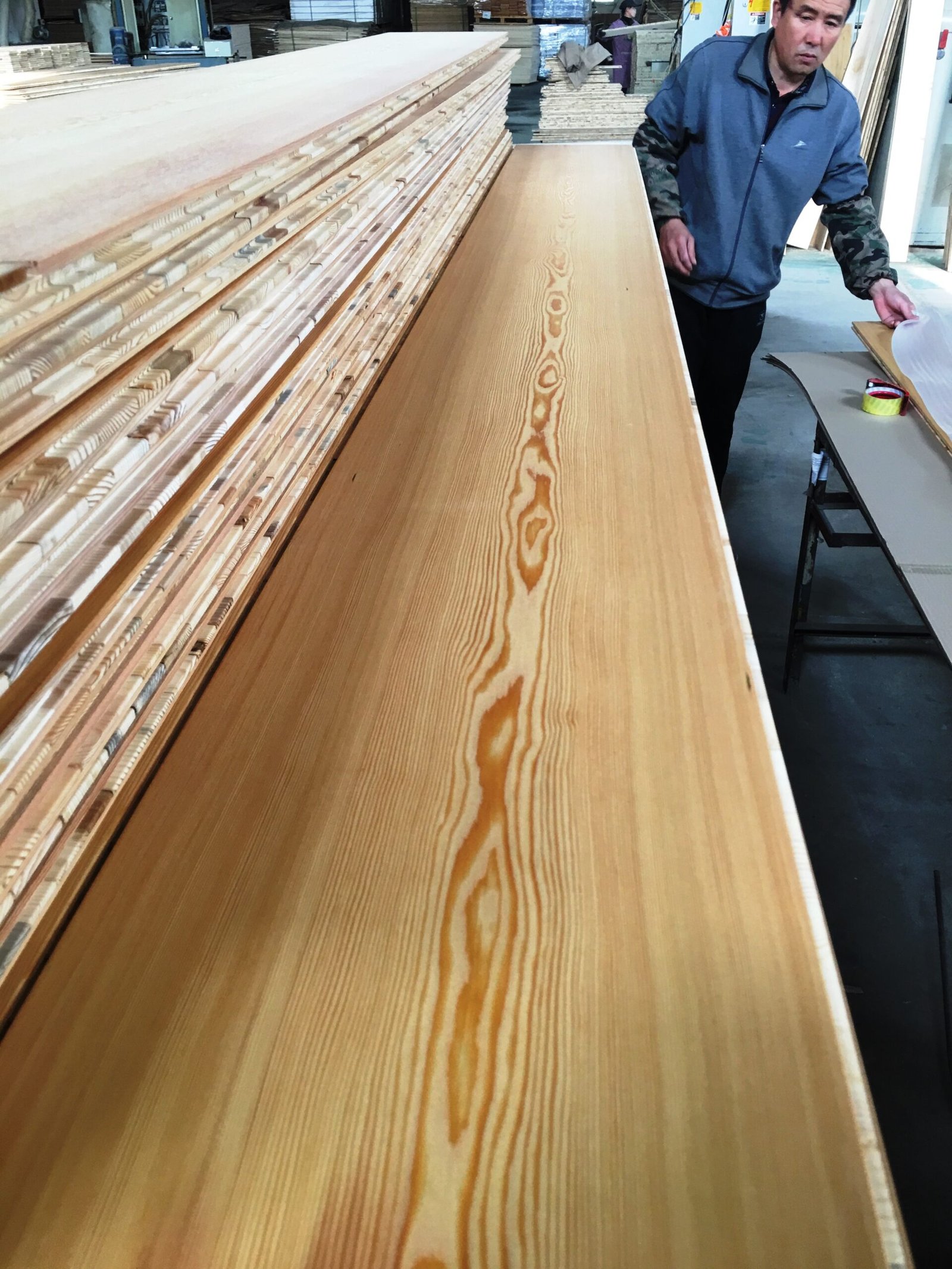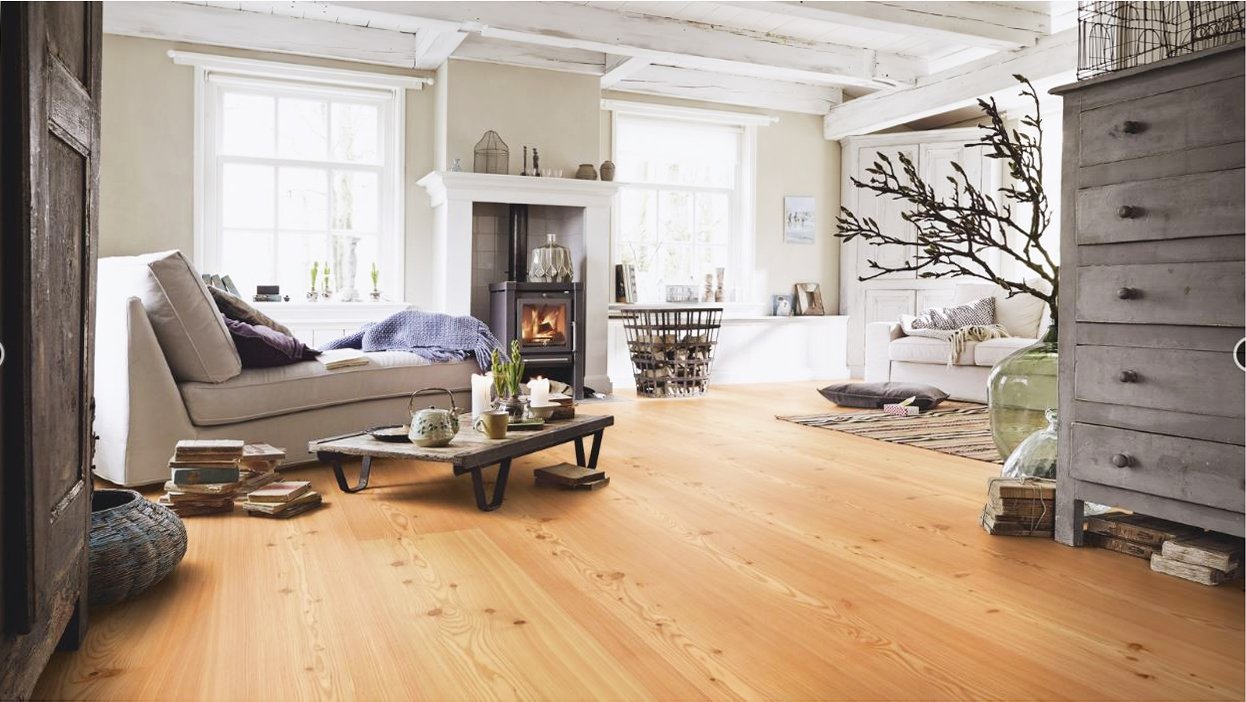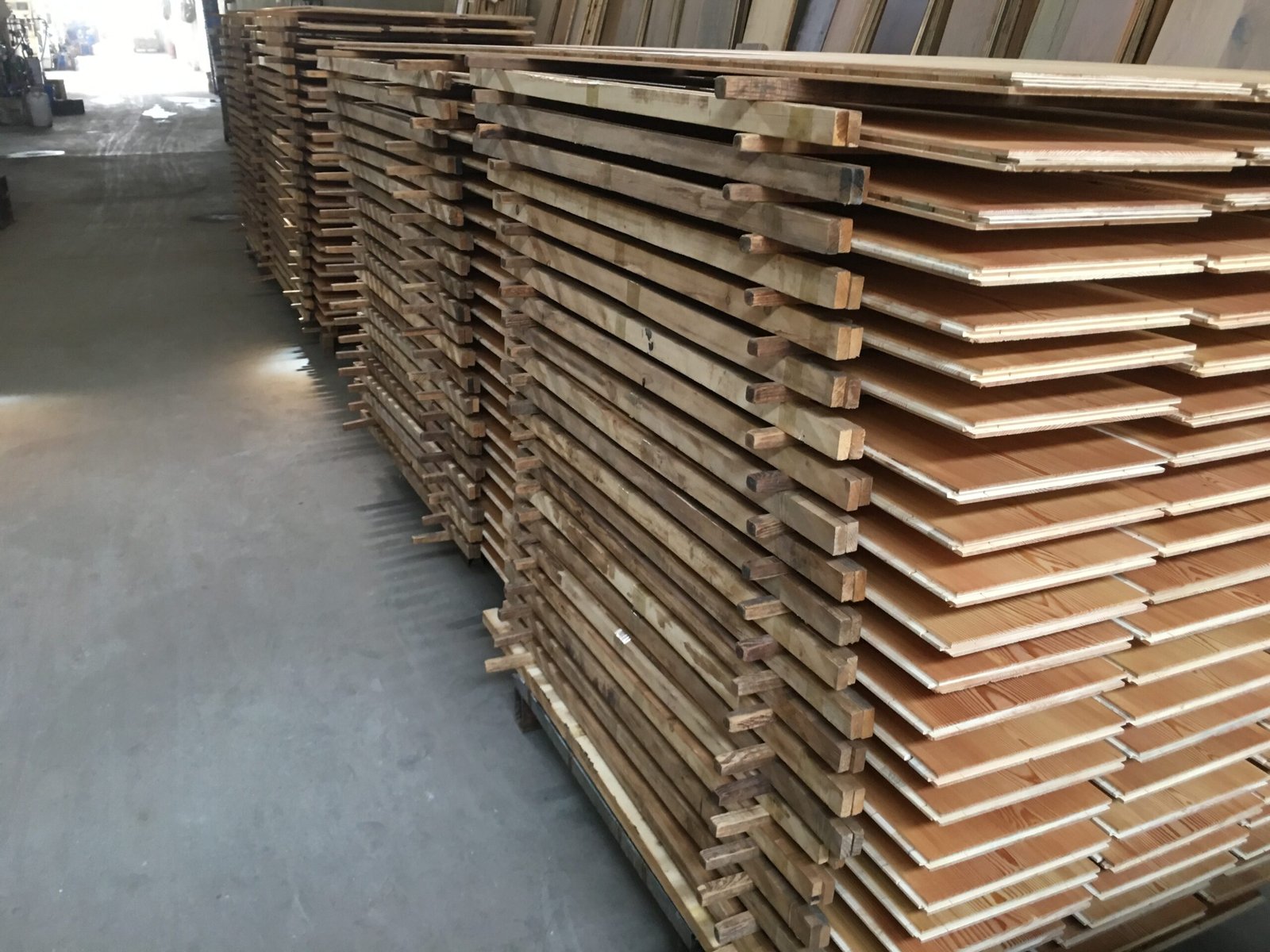Old Growth Heart Larch, primarily Western Larch, represents one of the most underappreciated premium softwood species in North America. This remarkable coniferous species, unique among softwoods for being deciduous, produced some of the finest structural timber in the forests of the Pacific Northwest and Northern Rocky Mountains. Old-growth Western Larch trees lived for 300-700 years, growing slowly in the competitive environment of mixed coniferous forests, resulting in lumber with exceptional characteristics.
The heartwood of old-growth larch displays a distinctive reddish-brown to russet color that sets it apart from other softwoods. The sapwood is typically pale yellow to white, creating a strong contrast with the heartwood. The grain is straight and fine, with clearly defined growth rings that create attractive patterns when the wood is properly surfaced. The texture is fine and even, with a natural luster that highlights the wood’s inherent beauty.
What makes Old Growth Heart Larch particularly special is its combination of strength, durability, and stability. The slow growth of old-growth trees produced wood with incredible density for a softwood, often comparable to some hardwoods. This density, combined with the natural extractives in the heartwood, provides exceptional resistance to decay and insect attack. The wood’s strength properties are outstanding, making it highly prized for heavy timber construction and marine applications.
The working characteristics of Old Growth Heart Larch are generally favorable, though its density requires attention to tool sharpness and feed rates. The wood machines well and takes finishes beautifully, with the natural color and grain patterns being highlighted by clear finishes. The stability of aged old-growth larch is exceptional, with minimal tendency to warp, twist, or check even in varying moisture conditions.



Distinctive Reddish Color – The unique russet heartwood color sets this species apart from other softwoods and creates warm, attractive finished pieces.
Exceptional Strength – Density and strength properties rival many hardwood species, making it suitable for demanding structural applications.
Natural Durability – Heartwood extractives provide excellent decay resistance, allowing the wood to perform well in challenging environments.
Outstanding Stability – The lumber shows minimal movement and excellent dimensional stability, even under varying moisture conditions.
Fine, Straight Grain – Consistent grain pattern with attractive growth ring definition creates beautiful figure when properly finished.
Marine Grade Quality – This wood was historically prized for shipbuilding and marine construction due to its strength and weather resistance.